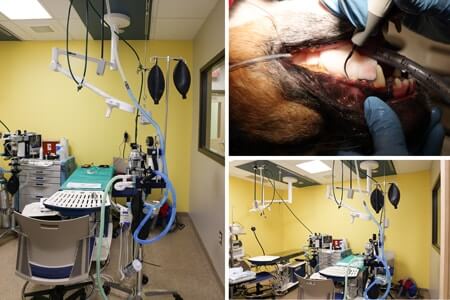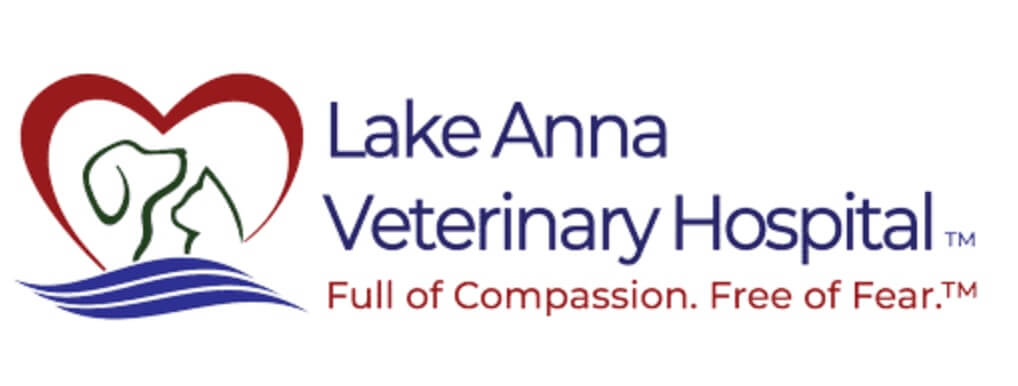 Dental care is important to your pet’s overall good health and life expectancy. By the age of two, 80% of dogs and 70% of cats have some form of periodontal disease. Left untreated, periodontal disease can lead to other health problems throughout the body. For this reason, it is important for dogs and cats to have their teeth examined on a bi-annual basis and professionally cleaned when recommended by your veterinarian. We use advanced digital imaging to diagnose dental problems (see Diagnostic Digital Imaging).
Dental care is important to your pet’s overall good health and life expectancy. By the age of two, 80% of dogs and 70% of cats have some form of periodontal disease. Left untreated, periodontal disease can lead to other health problems throughout the body. For this reason, it is important for dogs and cats to have their teeth examined on a bi-annual basis and professionally cleaned when recommended by your veterinarian. We use advanced digital imaging to diagnose dental problems (see Diagnostic Digital Imaging).
Good Pet Dental Care Begins with Professional Cleanings
Our preventive dental care routine begins with professional cleanings performed by our highly trained staff. While visual examinations can be performed while your pet is awake, short-term, safe anesthetic must be administered to perform a comprehensive tooth and gum examination utilizing digital x-rays and professional cleaning, sealing and polishing. Our dental suite includes an ultrasonic scaler, which we utilize to ensure a thorough removal of plaque from your pet’s teeth during a cleaning.
Monitoring and Safe Anesthesia
While anesthesia can sometimes be a point of concern for our clients, you can be assured that we practice the same safe monitoring techniques for dental procedures that we use in all our surgeries. We conduct blood tests first to make sure that your dog or cat is safe to receive anesthesia, and to determine the specific amount that is necessary for the procedure. Your pet’s vital signs are tracked by a technician using a state-of-the-art digital monitoring device throughout the course of the exam for safety, and your pet is monitored by our staff after the procedure. We ensure your pet has minimal pain before, during and after their dental procedure by using multiple therapies to control pain.
At Home Dental Care
After we have professionally cleaned and polished your pet’s teeth, a good dental care routine should continue at home. Brushing your pet’s teeth every day will reduce or eliminate plaque buildup. Plaque, which is an accumulation of bacteria, will progress to periodontitis, which is characterized by pockets of chronic infection, oral pain, and severe infections. Left untreated, it will eventually loosen and destroy the tooth and possibly lead to bone loss. Ask us if you would like to learn how to brush your pet’s teeth.
Signs of Oral and Dental Diseases in Dogs and Cats
- Loss of appetite or loss of weight
- Bad breath
- Loose teeth or teeth that are discolored or covered in tartar
- Your pet shies away from you when you touch the mouth area
- Drooling or dropping food from the mouth.
- Bleeding from the mouth
- Loss of appetite or loss of weight
If you think your dog or cat exhibits any of these symptoms, schedule an appointment at your earliest convenience to arrange a dental exam for your pet.
